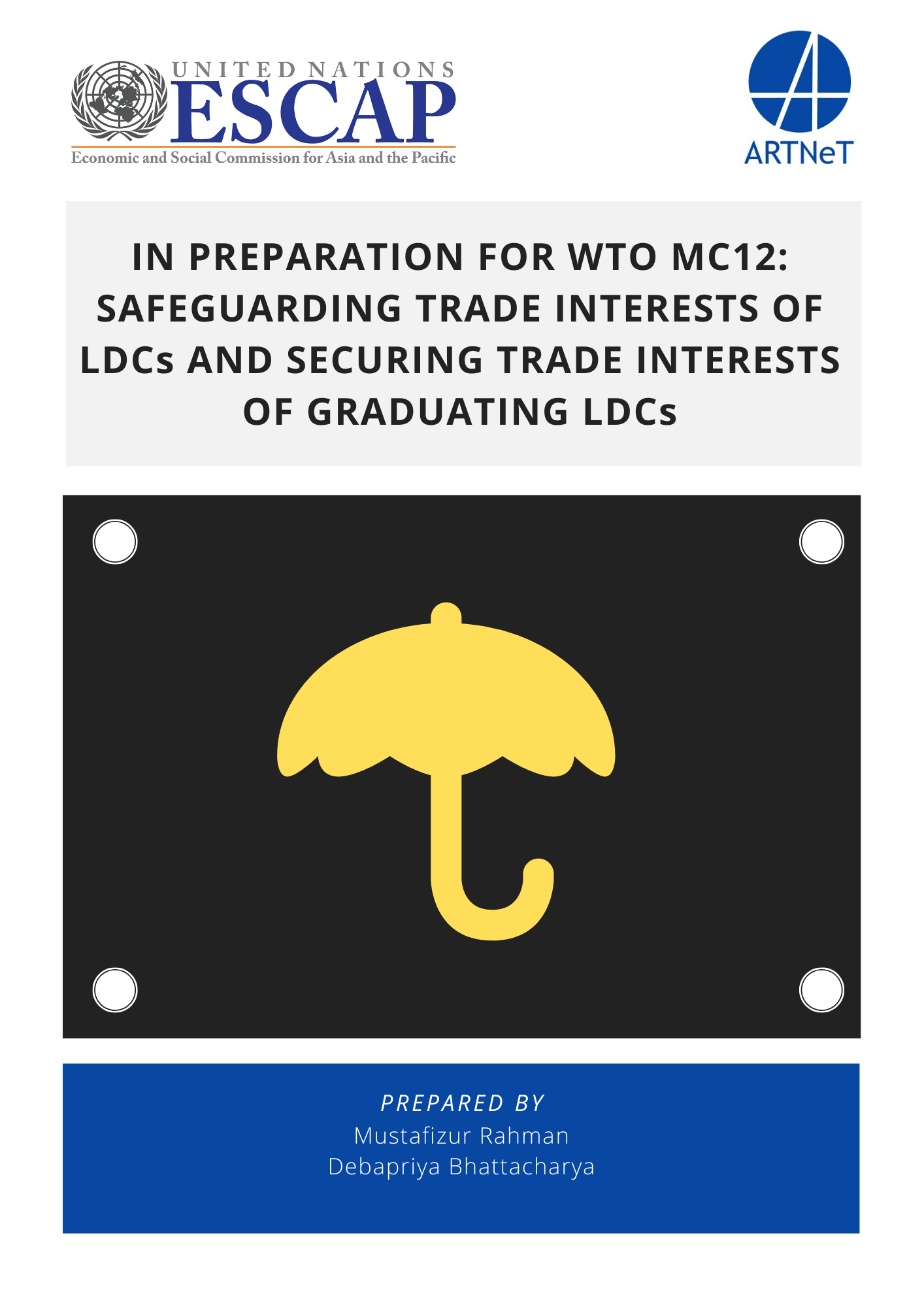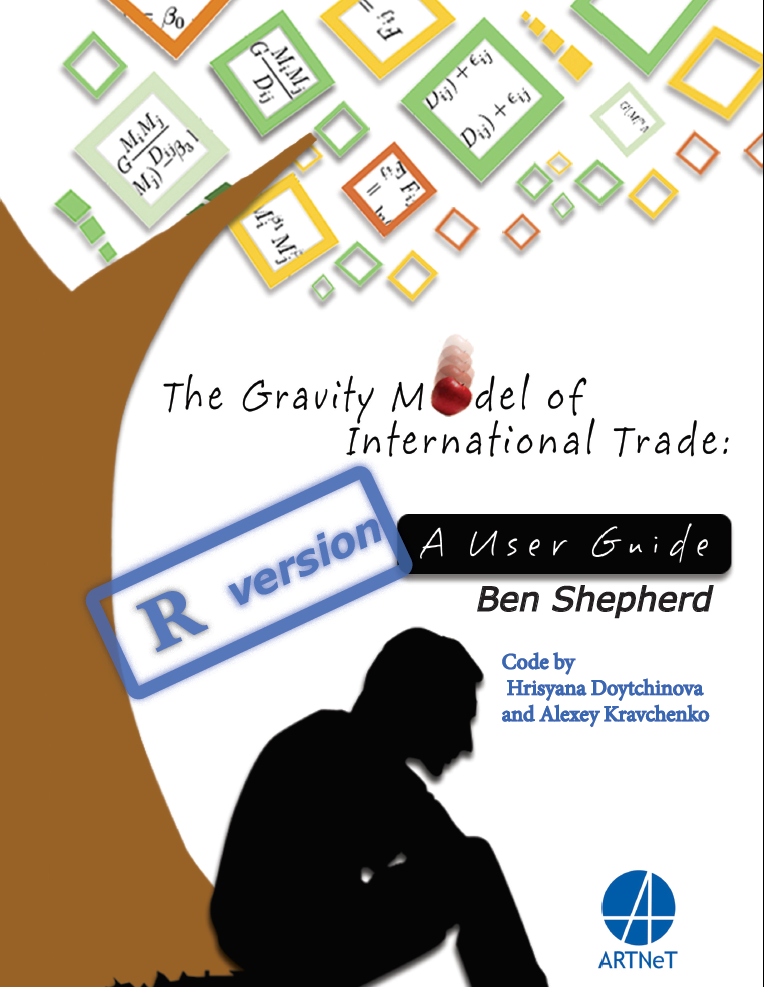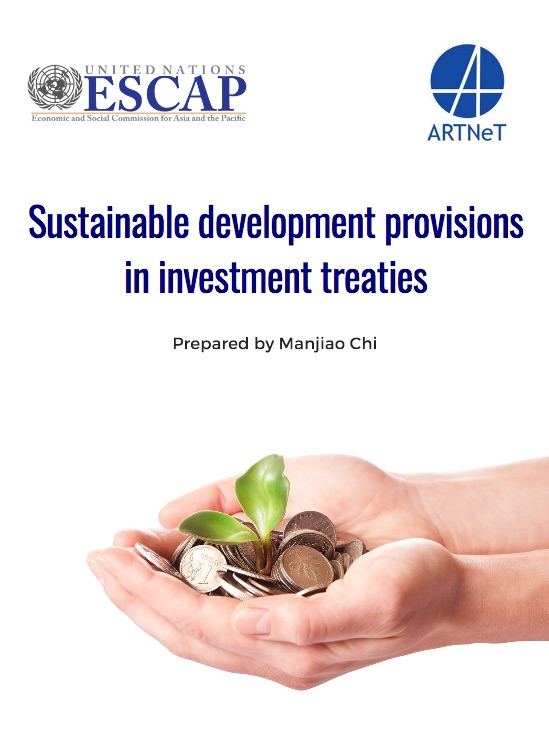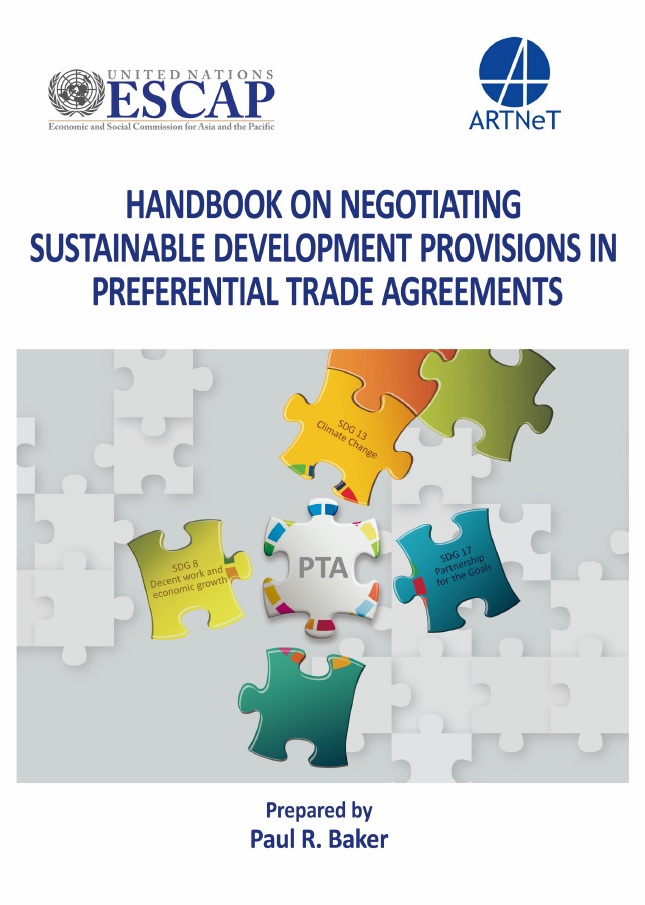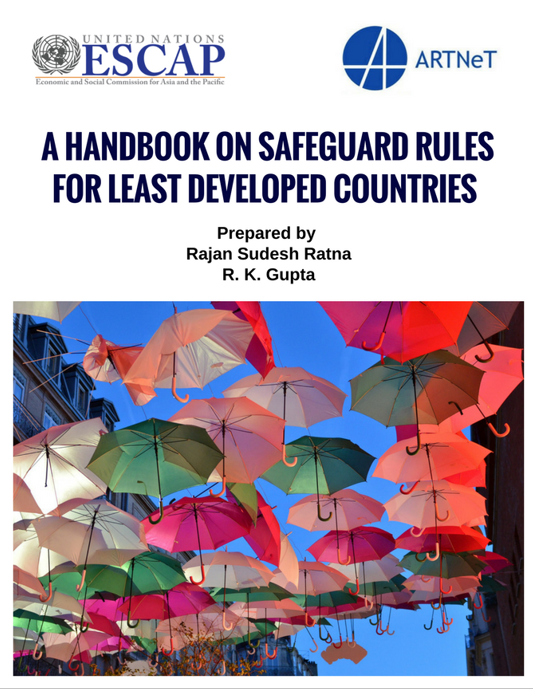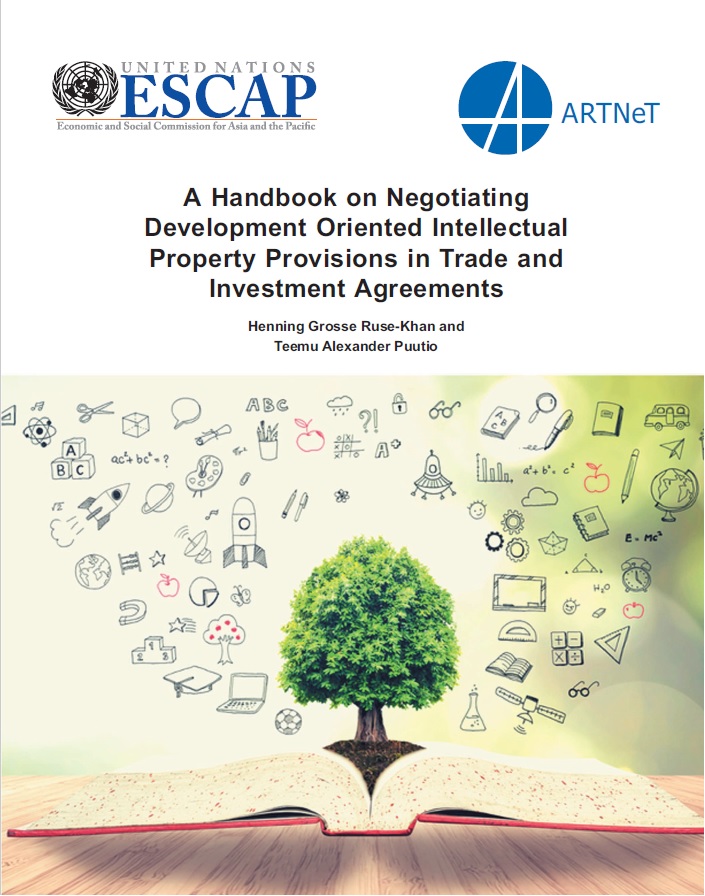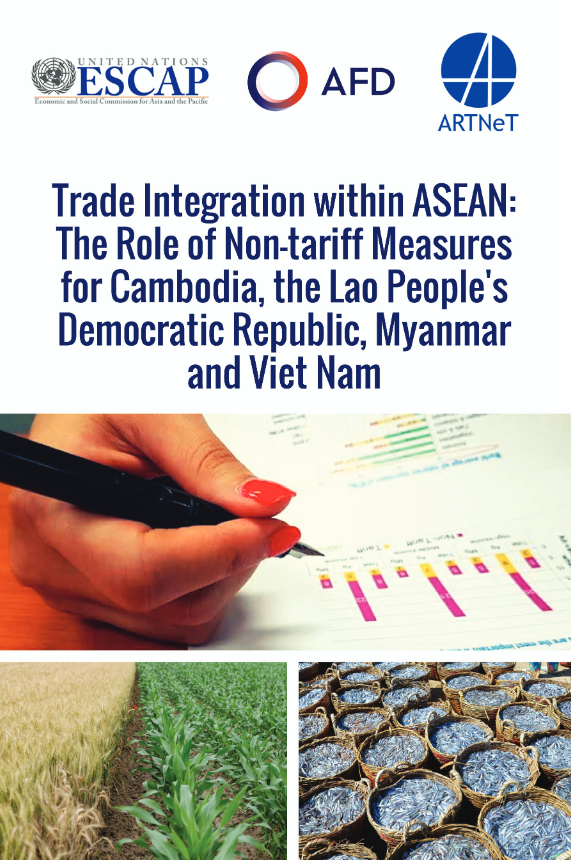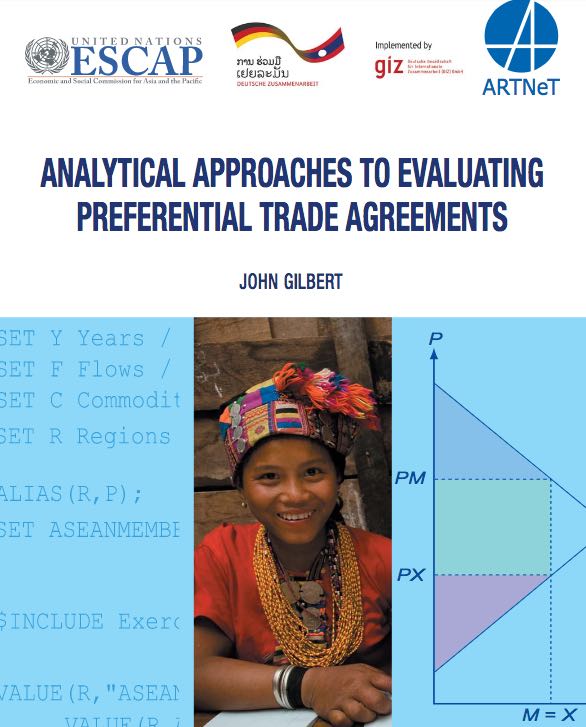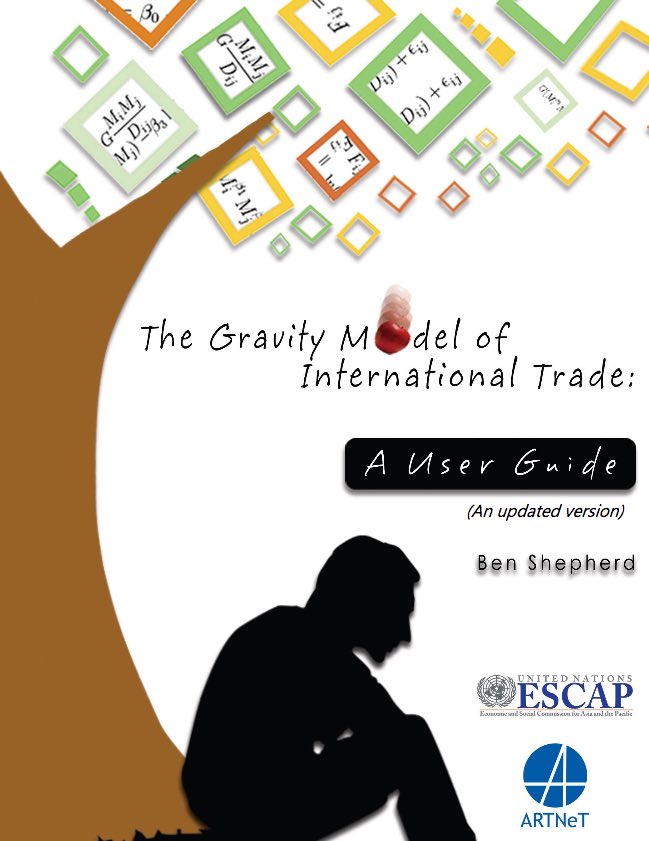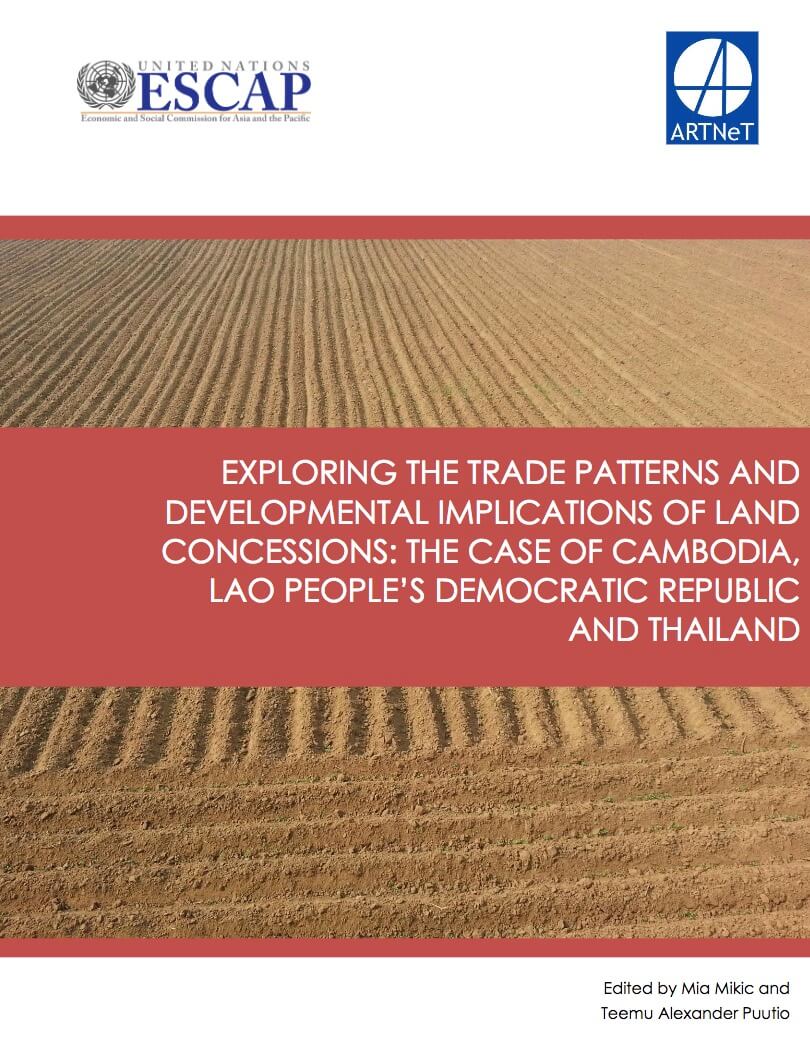In Preparation for WTO MC12: Safeguarding Trade Interests of LDCs and Securing Trade Interests of Graduating LDCs
This publication was prepared in order to respond to several of the LDC members of ESCAP and to assist them in preparing to position their trade-related development interests through the upcoming MC12. Considering the state of affairs in the global economy and the weakening confidence in the multilateral solutions, the present publication focuses on four issues. First, it presents some of the key developments that form the global scenario and which have important implications for the LDCs as they prepare their stance for the next Ministerial Conference.

